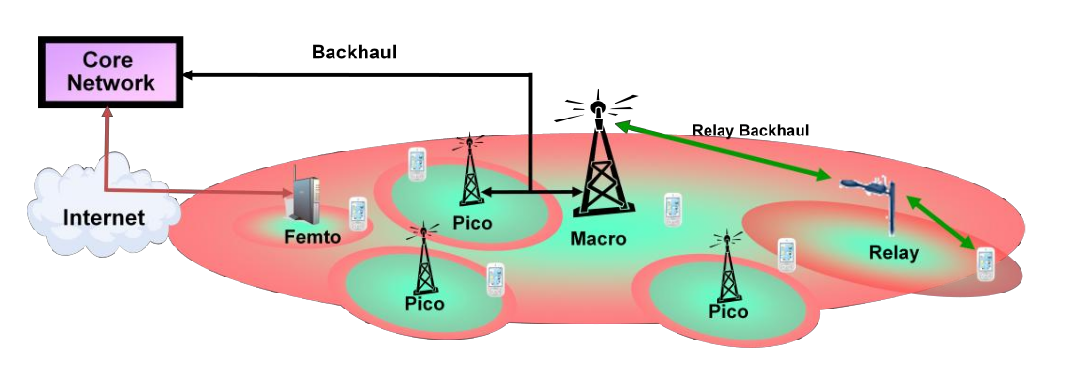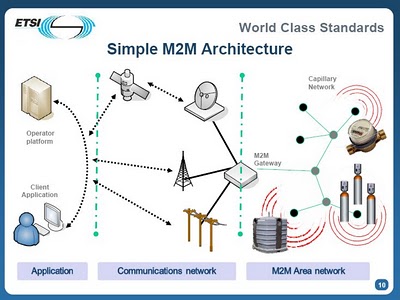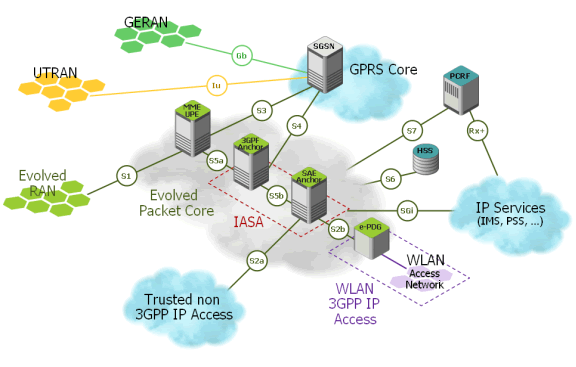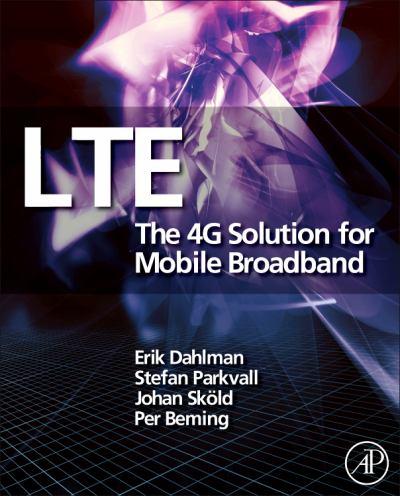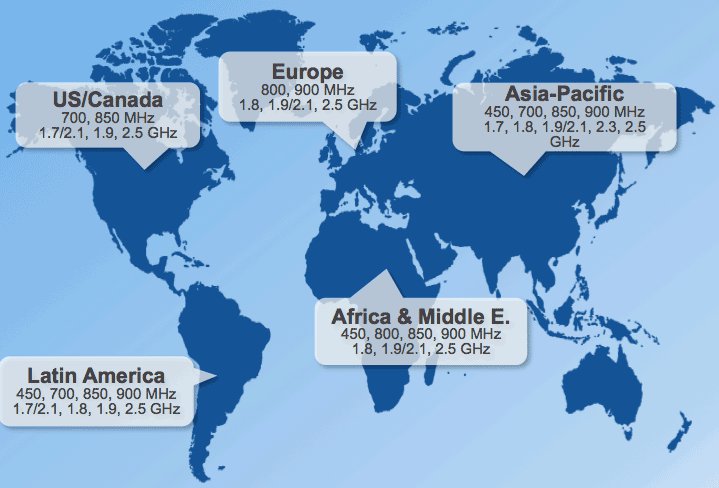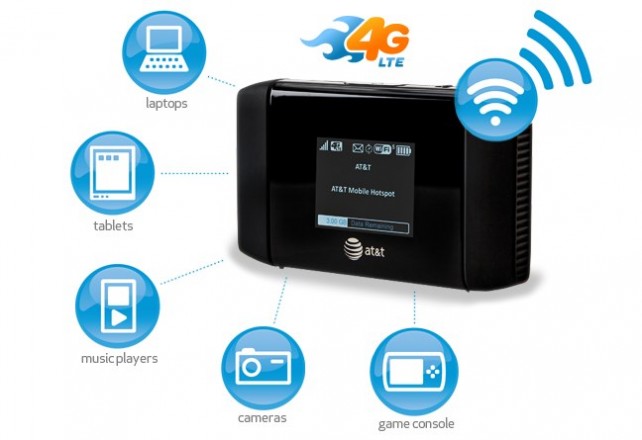
LTE Network Deployment Worldwide Status
LTE came into picture sometime back but still the worldwide deployment did not catch up as expected. Starting from the first quarter of 2012 many network operators already showed their interest to deploy LTE in near future. According to the latest GSA report: 338 operators are investing in LTE in 101 countries 280 operator commitments in 90 countries 58 pre-commitment (more ..)


